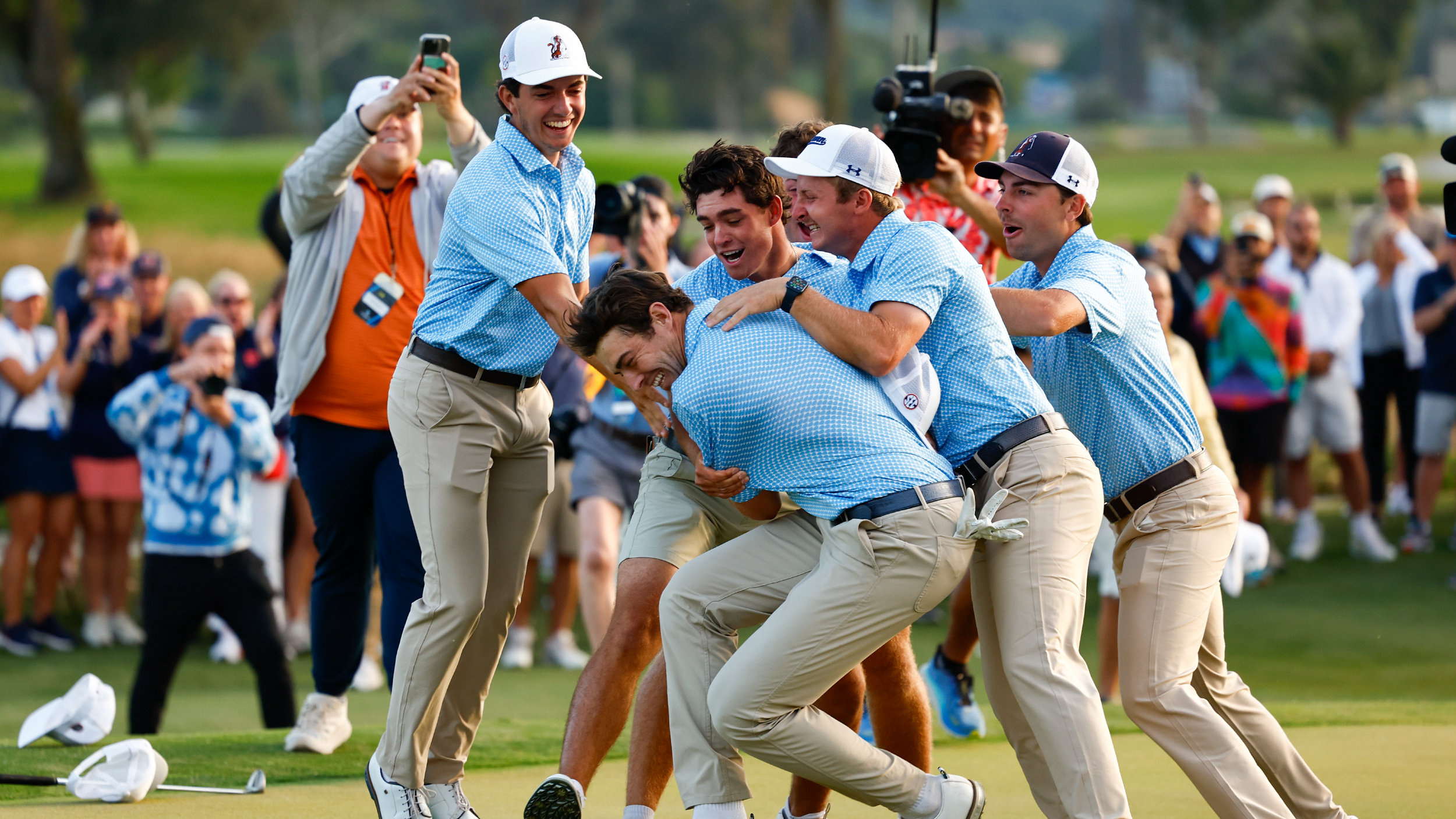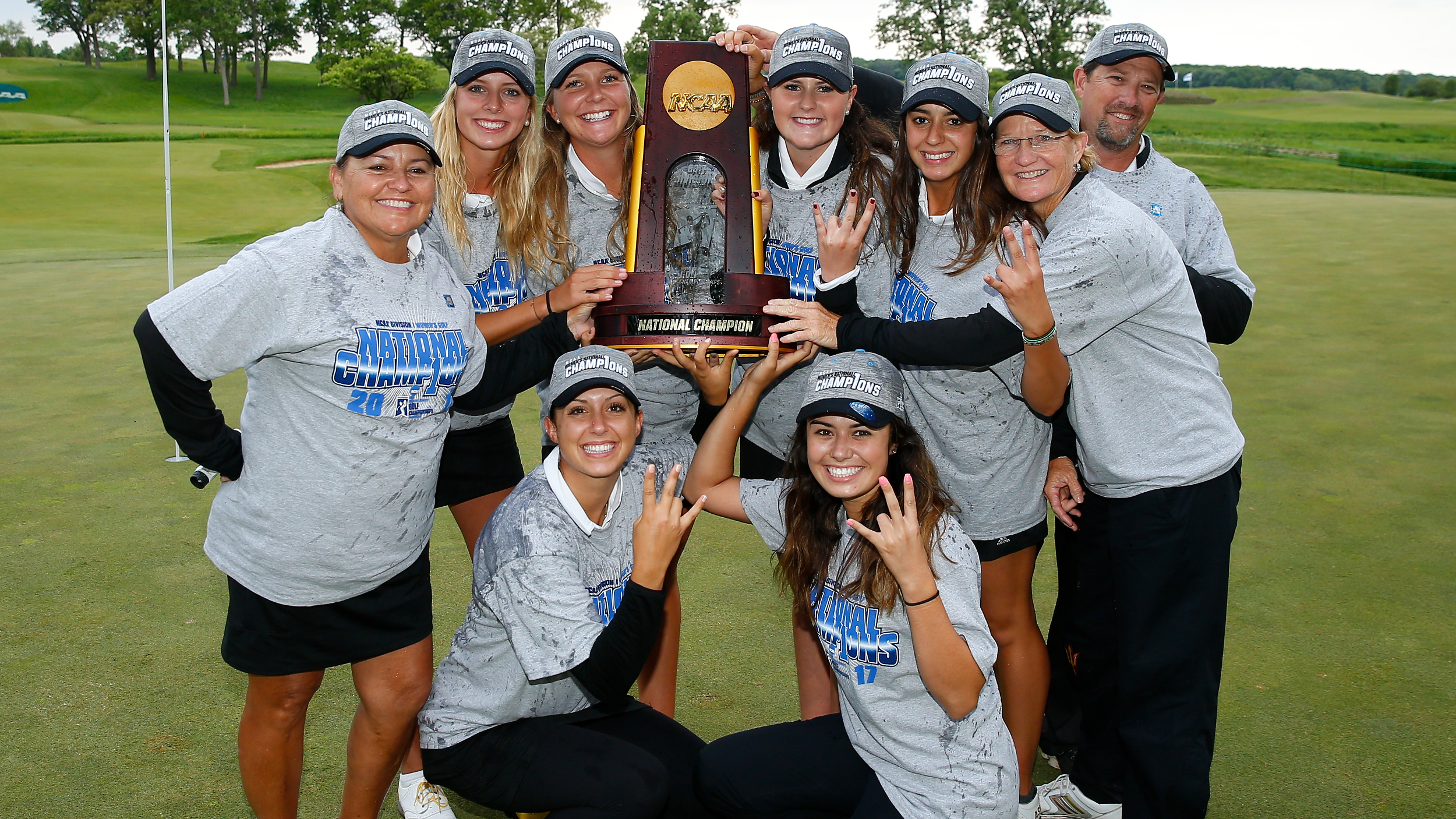
The highest level of US college golf is the NCAA Division I, and many of the greatest players the game has produced have a background at that level, including Tiger Woods and Phil Mickelson in the men’s game and Annika Sorenstam and Lorena Ochoa in the women’s game.
Therefore, it is no surprise that the biggest event in college golf is NCAA Division I Golf Championship, which is the culmination of a season that includes conference championships and NCAA regionals.
There is both a men’s and women’s NCAA Division I Championship, which are held annually in May or early June, with both the events taking place over six days and featuring teams from 30 of the top universities around the country.
After the first 54 holes of strokeplay, the top 15 teams and top nine players on teams that are eliminated make it through to an extra day of strokeplay. That determines the top eight teams for match play competition and the 72-hole stroke-play individual champion. The quarter finals and semi finals of match play then take place on the fifth day with the finals on the last day.
Over the years, some of the most famous colleges and players who would eventually become household names have tasted glory at the event.
Despite having not won the tournament since 1985, Houston holds the record for most men’s team wins, with 16 titles, while in the women’s competition, Arizona State is out in front with eight.

As far as individual honors go, Ben Crenshaw and Phil Mickelson each won the title a record three times, while for the women, big names to have taken the honor include Sorenstam, Stacy Lewis and Rose Zhang, who is the women's golfer to win the individual title twice.
It’s not just the revered institutions and huge talent that make the tournament so prestigious, either. Its high profile is all-but assured thanks to TV coverage, while the event has a long and proud history, with the men’s championship having begun in 1939 and the women’s event following in 1982.
Crucially, the stakes are high beyond the prestige of winning, too, with both men's and women's events offering pathways to the professional game.
For example, the winner of the men’s event is assured of places at The Masters and the US Women’s Open as long as he remains an amateur, with the winner of the women’s equivalent landing a spot in the US Women’s Open.
All of those factors combine to make the NCAA Division I Championship comfortably the biggest tournament in college golf, for both the men’s and women’s games.







